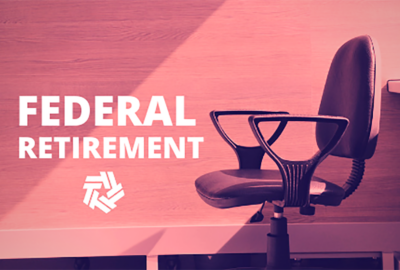What I would say is consider what your tolerance is for that monthly payment. A good rule of thumb in the industry is 10% of your net income per month. If you make $4,000 a month in net income, then you could you should be looking at a payment around $300 to $400, that 10% rule is really an all-in factor.
With COVID-19 still at high numbers throughout the United States, now might be the best time to get a car. With most vacation put on pause or relegated to nearby places to avoid air travel, people are in their cars looking for something to get them out of the house.
Sean Worthy, assistant vice president for corporate and business development at PenFed Credit Union says consumers spend an average of 90 days deciding what they want in a car once they are in the market for one. That includes options like leather or fabric seats, four-wheel or two-wheel drive and what color the exterior will be.
But, when it comes to actually paying for a car, consumers aren’t always as savvy.
“Consumers typically omit the need to research how they’re going to finance the car if they want to lease the car or whatever that that debt is,” Worthy said as part of Smart Auto Shopping and Financing sponsored by PenFed. “You’ve got to spend time researching financing. A lot of that’s going to depend on things like are you buying a new car? Are you buying a used car? Are you going to lease? Each of those has their own has pros and cons.”
So what should prospective buyers be looking for when financing their car?
Worthy said there are a lot of podcasts and tools online that can help you figure out how you want to pay for your new car.
“What I would say is consider what your tolerance is for that monthly payment,” Worthy said. “A good rule of thumb in the industry is 10% of your net income per month. If you make $4,000 a month in net income, then you could you should be looking at a payment around $300 to $400, that 10% rule is really an all-in factor.”
Jay Fee, vice president of consumer banking at PenFed Credit Union, said one financing mistake people make is they go in to buy a car not taking into account many of the extra fees involved.
“You need to factor in some of the other things like title, taxes, tags, delivery fees and generally, they can run as little as $1,000 if you’re buying a used vehicle under $10,000,” Fee said. “But they can also run several thousand if you’re buying a luxury SUV worth over $40,000. Factor in for an average purchase of a car running $25,000 that you’re going to actually pay probably close to $2,000 in taxes, titles, fees, etc. Once you have all that then you can say, ‘Okay, well, what can I afford?’”
Fee said consumers should look at their debt-to-income ratio. Generally, you don’t want to go over 45% in total debts if you want to get a prime or super prime rate, he said.
Fee said car buyers should pay attention to the total cost of ownership.
“It’s the mistake that people do with cars and homes, a lot of times they look at and say ‘Well, I can afford that several hundred thousand dollar home when it comes to the monthly payments,” he said. But, there’s also an electricity bill and a lawn bill and a ton of other things that go in there with total cost of ownership. The same thing applies to a vehicle. Most people figure with their first car that it’s just the car payment. Well it’s also insurance, gas, you’ve got a ton of other things that that go into it.”
Listen to the full program:
Copyright
© 2025 Federal News Network. All rights reserved. This website is not intended for users located within the European Economic Area.










